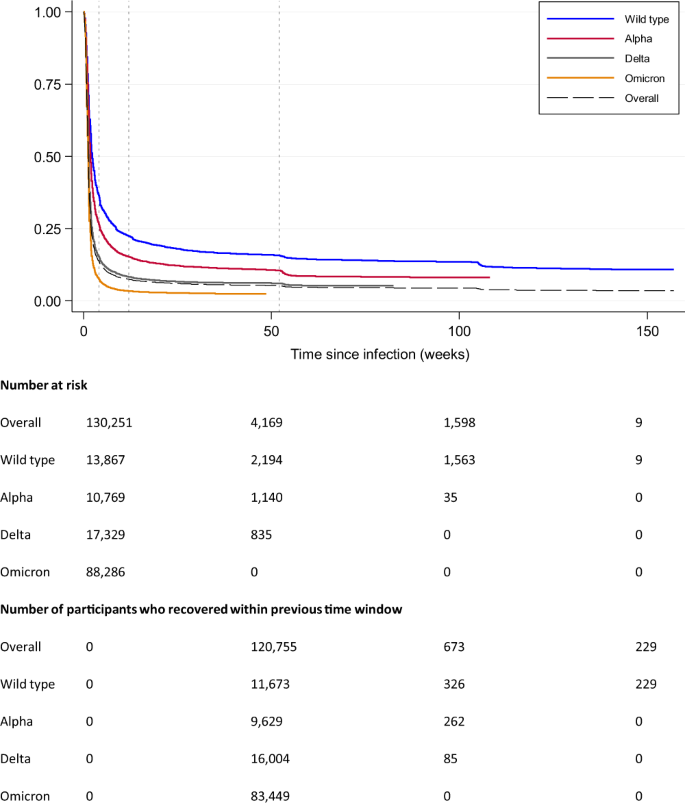2023-10-25 ペンシルベニア州立大学(PennState)
◆この研究は、特定の皮膚癌の予防や治療における遺伝研究に大きな影響を与える可能性があります。研究者たちは、異なる人種の皮膚色を規制する遺伝子を理解することで、ヨーロッパ系の人々のメラノーマ発症率が高い理由を明らかにする手がかりを得たと述べています。
<関連情報>
- https://www.psu.edu/news/research/story/genetic-link-between-skin-tone-and-ancestral-origin-complicated-new-discovery/
- https://elifesciences.org/articles/77514
カリブ海地域の集団におけるネイティブアメリカンの遺伝的祖先と色素形成対立遺伝子の肌色への寄与 Native American genetic ancestry and pigmentation allele contributions to skin color in a Caribbean population
Khai C Ang,Victor A Canfield,Tiffany C Foster,Thaddeus D Harbaugh,Kathryn A Early,Rachel L Harter,Katherine P Reid,Shou Ling Leong,Yuka Kawasawa,Dajiang Liu,John W Hawley,Keith C Cheng
eLife Published:Jun 9, 2023
DOI:https://doi.org/10.7554/eLife.77514

Abstract
Our interest in the genetic basis of skin color variation between populations led us to seek a Native American population with genetically African admixture but low frequency of European light skin alleles. Analysis of 458 genomes from individuals residing in the Kalinago Territory of the Commonwealth of Dominica showed approximately 55% Native American, 32% African, and 12% European genetic ancestry, the highest Native American genetic ancestry among Caribbean populations to date. Skin pigmentation ranged from 20 to 80 melanin units, averaging 46. Three albino individuals were determined to be homozygous for a causative multi-nucleotide polymorphism OCA2NW273KV contained within a haplotype of African origin; its allele frequency was 0.03 and single allele effect size was –8 melanin units. Derived allele frequencies of SLC24A5A111T and SLC45A2L374F were 0.14 and 0.06, with single allele effect sizes of –6 and –4, respectively. Native American genetic ancestry by itself reduced pigmentation by more than 20 melanin units (range 24–29). The responsible hypopigmenting genetic variants remain to be identified, since none of the published polymorphisms predicted in prior literature to affect skin color in Native Americans caused detectable hypopigmentation in the Kalinago.


